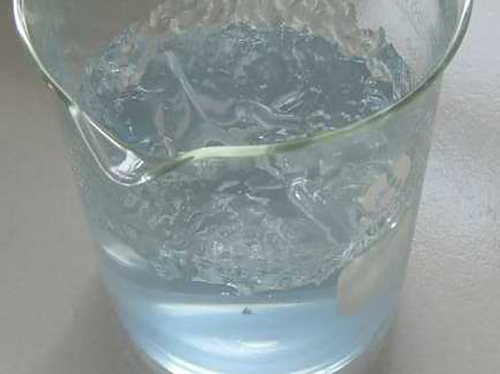polyacrylamide flocculant
Polyacrylamide Flocculant A Versatile Solution for Water Treatment and Beyond
Polyacrylamide (PAM) is a synthetic polymer that has gained significant attention in various industries due to its unique properties as a flocculant. Flocculants are substances that promote the clumping together of particles in a liquid, aiding in the separation and removal of suspended solids. Polyacrylamide is particularly effective in this role, making it an essential component in water treatment, mining, agriculture, and more.
Understanding Polyacrylamide
Polyacrylamide is derived from acrylamide, a compound that, when polymerized, forms a long chain of repeating units. This structure allows PAM to interact with particles in suspension effectively. Typically, PAM is used in its anionic, cationic, or non-ionic forms, each having different properties and applications. Anionic PAM, for instance, is often used in wastewater treatment as it is effective in neutralizing positively charged particles, while cationic PAM is employed when negative charged particulates need to be flocculated.
Applications in Water Treatment
One of the primary uses of polyacrylamide flocculant is in the water treatment industry
. As urban populations grow, the demand for clean water has surged. PAM is utilized in municipal water treatment plants to clarify drinking water and in industrial processes to treat wastewater efficiently. The addition of PAM can significantly reduce the time and cost associated with sedimentation and filtration processes, leading to faster, safer, and more economical water treatment.Furthermore, polyacrylamide helps in the removal of heavy metals and organic contaminants from water. Its high molecular weight and charge characteristics facilitate the aggregation of suspended particles, allowing them to settle faster and be removed from the water column. This quality not only helps in improving water quality but also in meeting stringent regulatory standards.
Role in Mining and Mineral Processing
polyacrylamide flocculant

Polyacrylamide's effectiveness as a flocculant extends into the mining industry. It is used in mineral processing to enhance the recovery rates of valuable minerals from ores. By promoting the aggregation of fine particles, PAM allows for better separation during the flotation process, resulting in higher yield and decreased costs. Additionally, in tailings management, PAM aids in dewatering processes, reducing the volume of waste materials and enhancing the sustainability of mining operations.
Agricultural Benefits
In agriculture, polyacrylamide applications have proven beneficial for soil erosion control and water conservation. PAM can improve soil structure and create a more stable soil matrix, which reduces the runoff of nutrients and sediments into nearby water bodies. This not only enhances soil health but also minimizes environmental degradation, promoting sustainable agricultural practices. Furthermore, PAM used in irrigation systems can help retain moisture in the soil, allowing farmers to optimize water usage and improve crop yields.
Environmental Considerations
While polyacrylamide offers numerous benefits, it is essential to consider its environmental impact. The degradation of PAM in the environment remains a subject of research, with concerns regarding its persistence and potential toxicity. Manufacturers and users must comply with safety regulations and best practices to minimize any adverse environmental effects.
Conclusion
Polyacrylamide flocculants are a versatile tool that plays a crucial role in various industries, particularly in water treatment, mining, and agriculture. As the demand for efficient and sustainable solutions continues to rise, PAM stands out as an effective means to tackle some of the critical challenges of our time. Its ability to enhance water quality, facilitate mineral extraction, and promote agricultural efficiency makes it an invaluable resource. However, ongoing research and responsible usage are necessary to ensure that its benefits are realized without compromising environmental integrity. As we move forward, the role of polyacrylamide as a flocculant will likely expand, contributing to innovative and sustainable practices across multiple sectors.
-
Water Treatment with Flocculant Water TreatmentNewsJun.12,2025
-
Polymaleic AnhydrideNewsJun.12,2025
-
Polyaspartic AcidNewsJun.12,2025
-
Enhance Industrial Processes with IsothiazolinonesNewsJun.12,2025
-
Enhance Industrial Processes with PBTCA SolutionsNewsJun.12,2025
-
Dodecyldimethylbenzylammonium Chloride SolutionsNewsJun.12,2025





